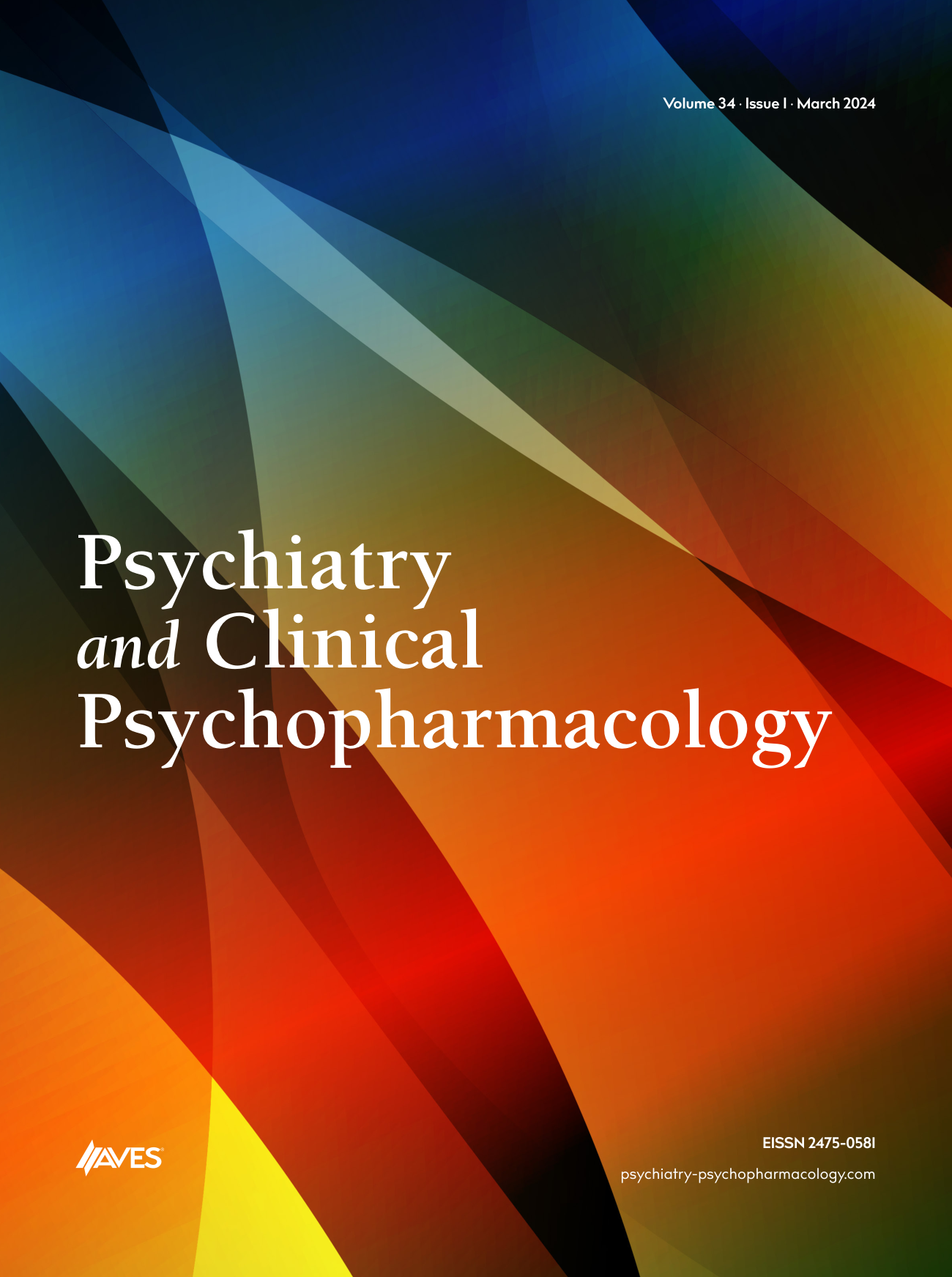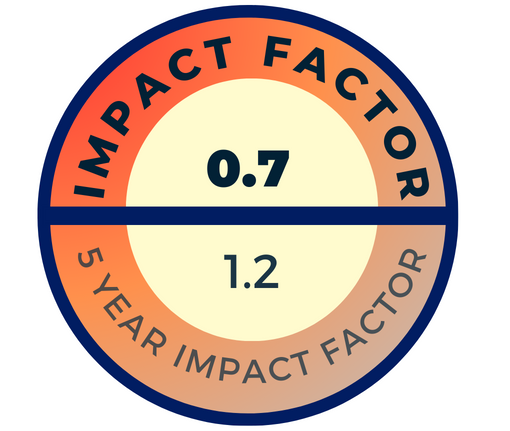OBJECTIVE: Data on the effect of anticholinergic cognitive burden (ACB) in older adults with subjective cognitive decline (SCD) are limited. We aimed to study whether ACB increases the future risk of dementia in older adults with SCD.
METHODS: The retrospective cohort analysis was carried out on 1496 older adults. Out of those, 109 older patients with SCD followed up over 36 months were studied. They were divided into two groups according to cognitive status at last visit: group I included the subjects with SCD who did not progress to dementia and group II included those who progressed to dementia. The drugs with anticholinergic effects that were received by subjects three months or more were identified from records. The drugs were categorized as having absent (ACB = 0), possible (ACB = 1), and definite (ACB = 2) anticholinergic properties based on an ACB scale. ACB was calculated for each subject by adding the score of each drug and classified as no or low ACB (ACB ≤ 2) and high ACB (ACB ≥ 3).
RESULTS: The mean age of all subjects was 72.5 ± 6.3 years and 66.1% of the sample was female. The median follow-up time for all subjects was 75 months (range, 36–185). Fifteen (13.8%) of 109 participants with baseline SCD developed dementia. High ACB was present in 12 subjects (12.8%) in group I and 7 subjects (46.7%) in group II (p = .001). The 75–84 and 85 + age groups (hazard ratio (HR) = 3.595; CI: 1.117–11.574; p = .032 and HR = 12.203; CI: 2.889– 51.537; p = .001, respectively), hypertension (HR = 7.835; CI: 1.020–60.189; p = .048), and high ACB (HR = 4.312; CI: 1.563–11.899; p = .005) were found to be possible risk factors for dementia among subjects with SCD in the univariate model. In the final multivariate Cox regression model, subjects with high ACB had a 4.2-fold the risk of the development of dementia. Metoprolol (28.6%), trazodone (21.4%), and trospium (12.9%) were leading used drugs with anticholinergic properties. Among subjects with a total ACB score ≥ 3, the majority were on trospium (29.0%), followed by metoprolol (16.2%), paroxetine (16.2%), and trazodone (16.2%).
CONCLUSION: We found that high ACB increases 4.2-fold the risk of the development of dementia in older adults with SCD in long-term follow up. The results of our study are promising, however, the effect of ACB on cognitive status among subjects with SCD is still lacking. To clarify the association between ACB and the risk of dementia, large and longer prospective studies are needed in this population.



